Compost tea is enjoying a huge surge of popularity in the gardening world. Sometimes called the “liquid gold” of gardening, this nutrient-rich, microbe-rich liquid is hailed as a disease preventative for your garden and a super-boost of nutrition for your soil.
But what is this “tea” in the first place, and why is it such a big deal? Is it possible to safely and effectively make your own, or is buying compost tea a better choice? Read on to get the compost-y scoop on this dark liquid.
What Is Compost Tea?
I would hope that anyone familiar with gardening knows compost pretty well. Amending soil with broken-down organic matter is a practice that dates back to the Romans — Pliny the Elder has the earliest-known writings on the practice. But I think it is safe to assume that humans around the world have been harnessing and accelerating the process of decomposition for the benefits of their gardens for as long as there have been gardens.
If you know compost, then you are very close to knowing compost tea. Compost tea is a liquid form of compost that is able to be sprayed and evenly distributed. It provides the same crucial microbes, beneficial bacteria, and nutrients that compost does, but in a more mild, easily-accessed form.
Though the basic idea is to steep mature compost in water to extract the goodness, the preparations range in complexity. Though compost tea is not something for humans to drink (gross!), the methods are similar to the array of real tea-brewing methods — from the super-simple non-aerated method (kind of like a Lipton teabag) to the hyper-intensive and highly-controlled aerated setups (more like a complicated tea ceremony).
Aerated vs. Non-Aerated
Aerated? Anaerobic? AACT? What’s with all the terms? Don’t be intimidated by the terminology you may see while researching compost tea.
Actively Aerated compost tea (sometimes called AACT) is a tea that is prepared in an aerobic environment — this means that oxygen is being constantly pumped into the water that brews the tea. Pair this bubbling environment with a “starter culture” of bacteria and food for the bacteria to consume, and you have yourself a literally lively bucket of garden-friendly microbes in short order.
Alternatively, non-Aerated compost tea is a method of brewing compost tea without the bubbling setup. Just put some mature compost in a bucket, fill it with water, and stir several times a day until it is ready to strain and use.
Overall Brewing Time Requirement
For the Aerated method, you’ll probably only need 24-48 hours, depending on the ambient temperature (or whether or not you’re using a heater). For the Non-Aerated method, you’ll probably need a week.
General Cost
In this humble homesteader’s opinion, the cost of making compost tea should be $0, using what you have on hand. If you have a mature compost pile and a bucket, you’re set.
However, when there is a trend, there is a market, and when there is a market, there’s someone who can build a business off of it. Some folks are shelling out as much as four figures for a compost tea brewing system, complete with aerators, heaters, formulated starters and prepackaged compost inoculants to give you a consistent product.
Some companies even sow seeds of fear, suggesting that it is dangerous for the average gardener to brew their own tea and that you’re better off buying their product (conflict of interest, perhaps?).
The truth is, making compost tea is no more dangerous than making compost itself. The only safeguard you need to keep in mind is to make sure you are using mature compost–particularly if you’re spraying it on your salad garden.
Related Post: How to Start a Compost Business (and Why)
Compost Tea Recipe
My recommendation for the backyard gardener is to not give in to excessive marketing and to go with a simple, homemade setup. If you want to experiment with aerated compost tea, there are lots of instructions online for converting old aquarium parts into a tea-brewing system. And if you want to make non-aerated compost tea, the process couldn’t be simpler.
For this article, I’ll share what is needed for brewing some old-fashioned non-aerated compost tea. I find that aerated compost tea recipes often require unfamiliar or inaccessible ingredients like humic acid, kelp, and fish hydrolase. There’s nothing wrong with these recipes necessarily, but the esoteric nature of the ingredients really doesn’t line up with my homestead’s desire for self-sufficiency.
Materials & Supplies
As you’ll find, the recipe and materials that you use really depend on your gardening philosophy. As such, my preferred method for making compost tea is on the simplest end of the spectrum. Since my family is building an off-grid life in the Ozarks, we’re not keen on depending on materials from the far away ocean or running machines through the night —like an aerator or aquarium heater.
So, all you need to brew a 5-gallon bucket of compost tea are the following:
- 5 gallons of non-chlorinated water. Rainwater is best! City water is chlorinated, and that will likely kill off the microbes you need. (If you have no other choice but water from the hose, let it sit out for a day or two before brewing).
- 1 big shovel-scoop of finished compost (roughly 3-4 cups)
- 5-gallon bucket
- Stick (for stirring)
- A large piece of cheesecloth, threadbare towel, or nylon stocking (for straining the finished product)
Directions
Compost tea isn’t a complicated process!
- Fill the bucket with water.
- Mix the finished compost.
- Stir vigorously.
- Stir several times a day for a week.
- Hooray! After a week, you’ve got compost tea!
You’ll know your tea is ready to use when it is a rich, dark, coffee-like color. It should smell good and somewhat yeasty, like wet earth, or maybe the forest after a rainstorm.
If your tea smells really bad, you may have a bad brew — maybe it wasn’t stirred enough, or if the bacterial colonization got out of whack. In that case, I would recommend starting a new batch, just to be sure.
How To Use Compost Tea
Once you’ve got your brew, use it as soon as you can. Undiluted, you can use it as a soil drench, soaking the ground around the roots of every plant. In this case, you won’t even need to strain it. Some gardeners use tea as a foliar spray on the leaves of plants — it is believed that this can prevent disease. If you want to cover a large area of your garden and think you might not have enough, you can dilute it for spraying.
The best time to use compost tea is in the morning or the evening, after the heat of the day has passed. It’s a good boost for newly-planted seedlings, and it’s also a nice monthly “treat” for your garden.
Note: Compost tea is as high-quality as the compost it is made from, so the results you get may vary depending on what you’re using. The truth is, there is no quick-fix for poor soil, so don’t expect compost tea to be a magic bullet — this is something we know very well on our homestead, as we are cutting new gardens into the ground that was abused before we moved here. Good soil takes time. So, I like to think of compost tea as more as a probiotic drink to help maintain and encourage the health of the garden.


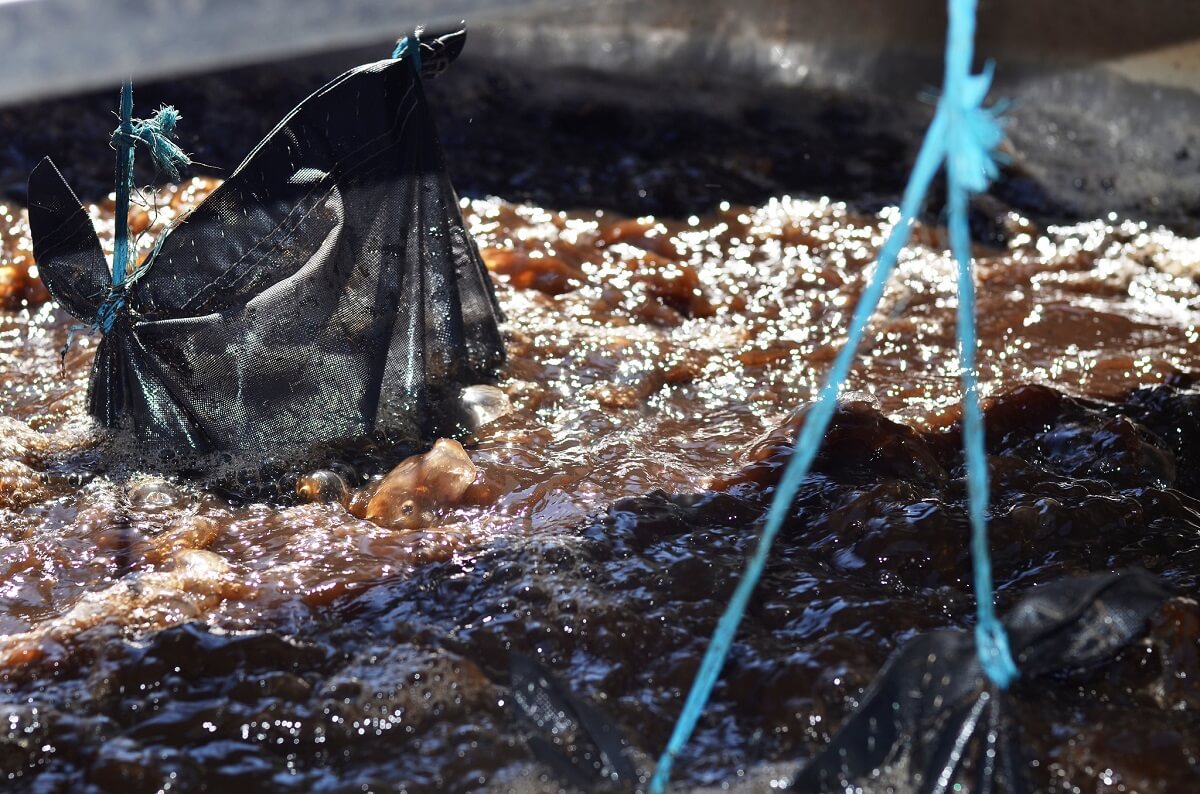

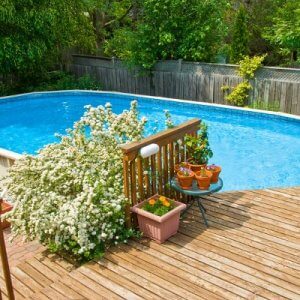
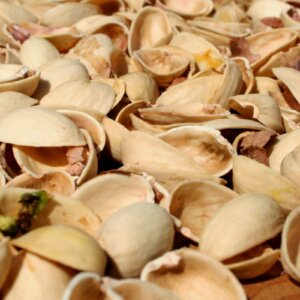

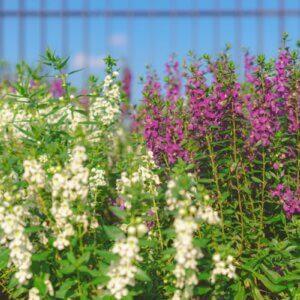
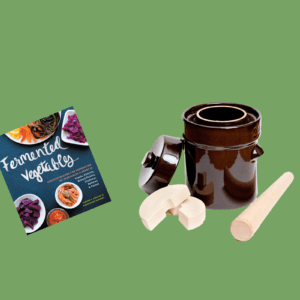

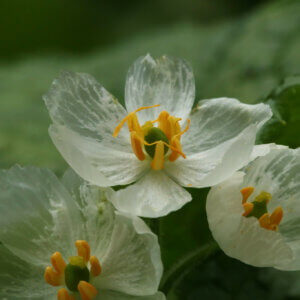
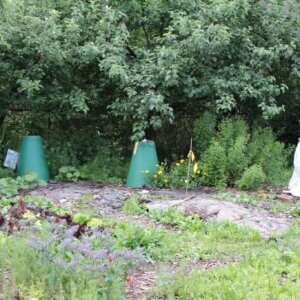
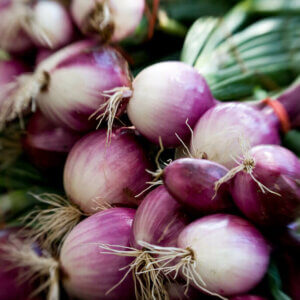

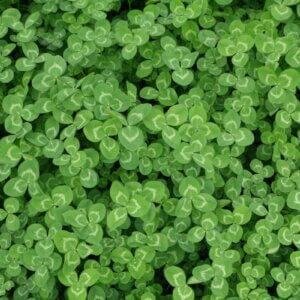
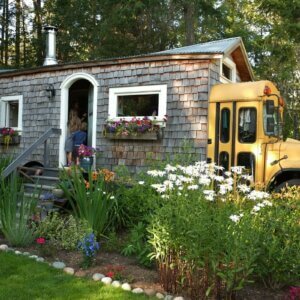

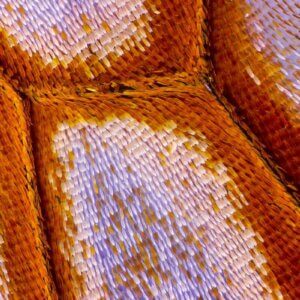
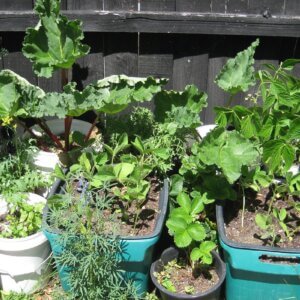
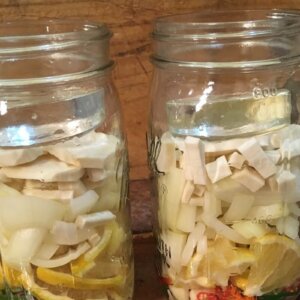
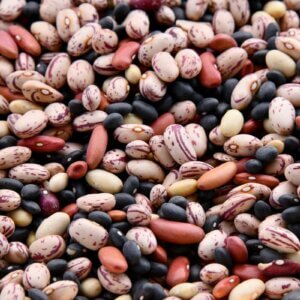
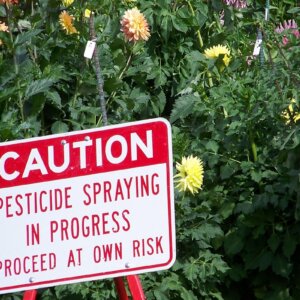
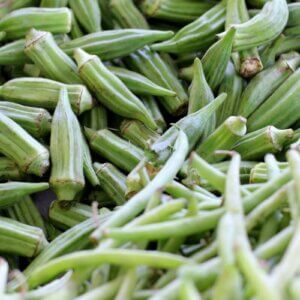

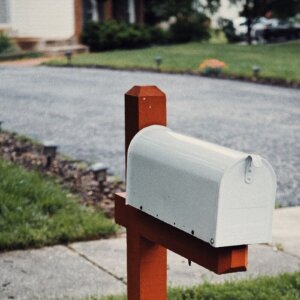
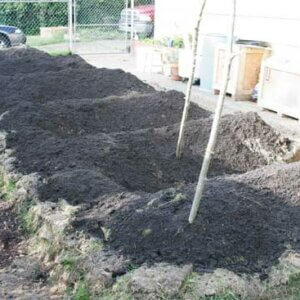

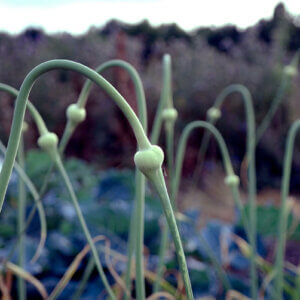
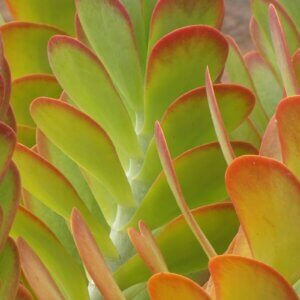
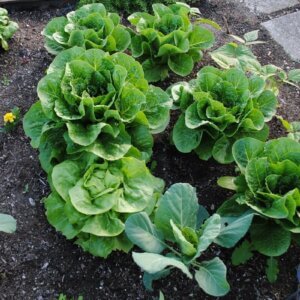


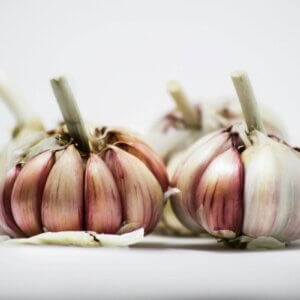
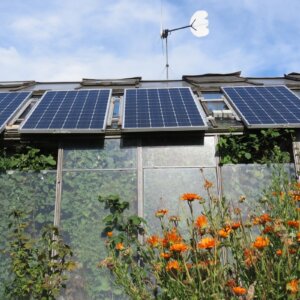


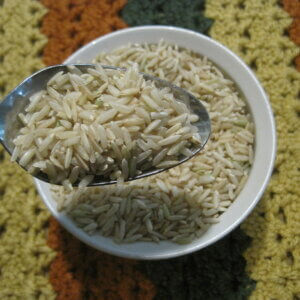
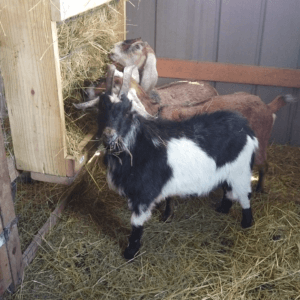


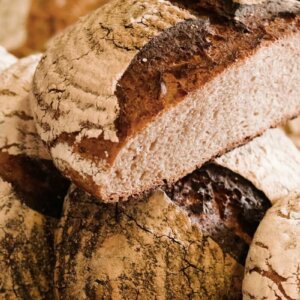
It smells ok. Have you considered worm tea?